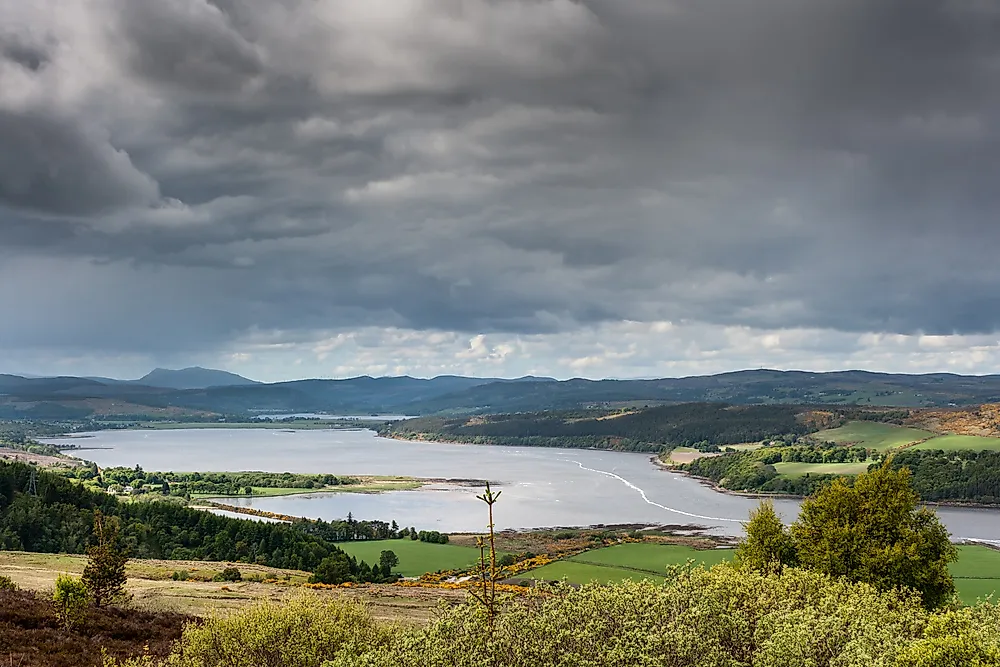What Is A Firth?

Firth is a coastal region on the mouth of a river, where prevailing sea water has eroded much of the riverbed, widening it to form an estuary. In some regions, firths are referred to as small inlets or fjords. The term “firth” has its origins in Scotland, which is also home to many of the world’s firths.
Examples of Firths in Scotland
Europe accounts for almost all the firths in the world, with the majority of them being found in Britain specifically in Scotland. One major Scottish firth is the Firth of Tay, which at 9.3 miles long and 3 miles wide is among the largest in the country. The firth is named after Scotland’s largest river, River Tay, that discharges its waters into the Firth of Tay. Other firths found in Scotland include the Dornoch Firth, the Firth of Forth, the Firth of Clyde, and the Firth of Lorn. Solway Firth is the only British firth found outside Scotland, as it is located on the England-Scotland border and forms part of the Irish Sea and the estuary of the Esk and Eden Rivers.
Firths in Other European Countries
The only major European firth found outside Britain is the Flensburg Firth. Also known as the Flensborg Fjord, this firth is situated along the Denmark-Germany border and is among the longest firths in Europe, with a total length of over 24.85miles. The firth forms the Baltic Sea’s westernmost inlet. The harbor of Flensburg, which gets its name from the firth, sits on the edges of the firth.
Firths Found Outside Europe
Firths are not exclusively found in Europe alone, although the continent has the most of the world’s firths. There are a few firths found in other parts of the world. The two main firths outside Europe are the Firth of Tay in Antarctica, and the Firth of the Thames in New Zealand. The Firth of Tay is situated near the islands of Dundee and Joinville in Antarctica. With a length of about 12 miles and a width of 6 miles, the Firth of Tay is the largest of its kind in Antarctica. The firth was discovered by a renowned 19th-century whaler, Captain Robertson in 1893, and was named after a firth in Scotland bearing the same name. The Firth of Thames is located in the northern part of New Zealand’s North Island, on the Hauraki Gulf. The firth is formed at the mouths of the Waihou and Piako rivers and gets its name from the Waihou River that was once known as River Thames. The Firth of Thames supports a rich ecosystem and is home to many bird species. The firth is recognized as a “wetland of international importance,” in line with the Ramsar Convention. The firth is a vital breeding ground for Bryde’s whales and southern right whales, with two whale births being documented in the firth. The most significant threat to the firth’s ecosystem is rampant pollution of the water mainly the run-off from neighboring dairy farms.
Formation of Firths
Majority of the world’s firths were formed as a result of glaciation during the ice age. The firths are formed as a result of erosion of a river bed brought about by tidal effects of the surging sea waters, which ultimately transforms the riverbed into a wide estuary.











